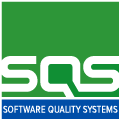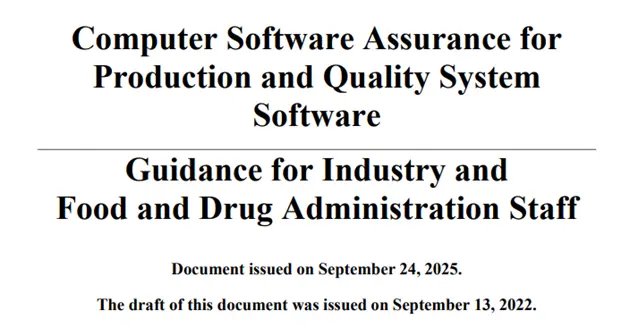The FDA’s Computer Software Assurance (CSA) guidance marks a significant shift in how the industry approaches software validation in the pharmaceutical and medical device sectors. This framework gradually replaces traditional Computer System Validation (CSV) practices, introducing a more agile, risk-based, and efficient approach.
Core Principles of CSA
At the heart of CSA lies risk analysis. Organizations are expected to prioritize validation and documentation activities according to the potential impact of a software failure on patient safety or product quality.
-
Critical systems demand a higher level of assurance.
-
Systems with lower impact may be validated through lighter processes.
This methodology fosters a more effective use of resources and directs attention where it truly matters.
Another key principle is documentation optimization. Unlike CSV, which often resulted in heavy and redundant documentation, CSA allows for simpler, more relevant, and traceable records, without compromising regulatory compliance.
CSA also emphasizes critical thinking: technical and quality teams are encouraged to apply their professional judgment and expertise to determine which assurance activities are most appropriate. This creates a process that is less prescriptive and more adaptable, designed to evolve alongside technology and regulatory expectations.
Implementing CSA
In practice, CSA relies on selecting assurance activities that align with the risk assessment:
-
Exploratory or ad-hoc testing, useful for uncovering failures in a flexible and intuitive way.
-
Structured testing, applied when risks warrant it.
Even though the documentation burden is reduced, it remains essential to maintain clear and complete records: the intended use of the software, the risk assessment performed, the assurance activities carried out, and their results. This traceability ensures regulatory compliance and supports informed decision-making.
Benefits of CSA
Adopting this framework brings significant advantages:
-
Operational efficiency: less time and fewer resources wasted on unnecessary validation.
-
Innovation enablement: smoother adoption of new technologies without excessive regulatory friction.
-
Flexibility and customization: each organization can tailor the process to the characteristics of its systems.
-
Enhanced quality and safety: focusing on critical risks ensures stronger protection for patients and products.
Conclusion
The FDA’s CSA guidance represents a paradigm shift in software assurance within regulated environments. With its risk-based approach, streamlined documentation, and emphasis on critical thinking, CSA offers a more agile and effective framework that supports technological innovation while keeping patient safety and product quality at the forefront.




